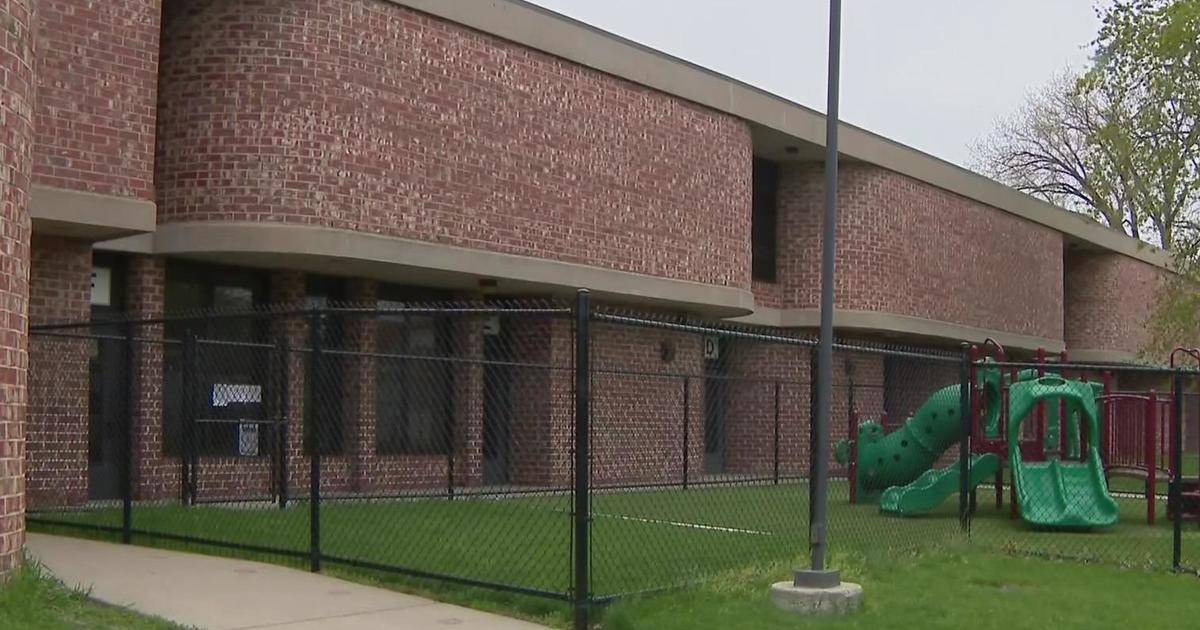Wisch: Notre Dame Breaking Ground, Busting Up Traditions
By Dave Wischnowsky –
(CBS) Just when you thought you'd heard the words "Notre Dame football" and "expansion" for the last time, the Fighting Irish went and brought them up again on Wednesday.
Granted, Notre Dame meant expansion in a different way.
But potential fan concerns about the school's construction goals still made me think about the other expansion definition we've become so used to, and how I still feel that the Irish dropped the football in regards to that one.
After all, the changes to the Irish's future schedules is likely to impact fans far more than any piles of brick and mortar.
On Wednesday morning, Notre Dame unveiled a sweeping plan through which it intends to meet multiple needs for campus athletic and academic space by building a trio of new buildings that will be connected to its iconic football stadium.
These multi-use buildings – which will include classrooms, a career center, recreational sports facilities and a digital media center – are to be integrated with new, premium stadium seating and club space for football fans, according to the university.
The Chicago Tribune reported that "the $400-million plan — the largest building project in the university's 172-year history — will turn the area around the stadium, now used solely for about seven home football games a year, into a central place for academic and student life. The three buildings will be attached to the east, west and south sides of the stadium and will add up to 4,000 revenue-generating seats to the 'The House that Rockne Built,' among the country's most revered stadiums."
The Trib's report went on to explain that the new buildings won't obstruct the view of Notre Dame's iconic "Touchdown Jesus" mural that overlooks the end zone, "But the changes could rankle some alumni who won't be happy with a move away from tradition."
Also announced by Notre Dame is that the renovation will include larger scoreboards – the spartan interior of its stadium currently features no Jumbotrons – but that no final decisions have been made about how video will be used. Video is said to be a divisive issue between younger and older Irish fans, and the Tribune also reported that university officials have assured fans that there will still be no commercial signs or advertising inside the stadium and that the current seating bowl will not change.
"People are always nervous if this will ruin this iconic football stadium," Notre Dame President Rev. John Jenkins said about the proposed construction. "It will make the fan experience even richer."
It sounds to me like it will. After all, in 2014, major college football games need video boards, for one thing. But what I found curious is that Notre Dame apparently fears an outcry from its fans about the "break from tradition" by erecting a Jumbotron and a few new buildings beside the stadium. Yet, the school hasn't appeared to care a lick about the true break from tradition that's resulting from severing ties to its longtime Midwestern football rivals.
And that's a shame.
In December, Purdue announced that it had joined Michigan on the list of Big Ten teams that play the Fighting Irish on an annual or near-annual basis but won't any longer.
At the time, the Associated Press speculated that "Notre Dame's annual game against Michigan State could be the next to fall." And considering the path that Notre Dame has chosen for its football future, I won't at all be surprised if it does.
Next season's game in Indianapolis against Purdue – which Notre Dame has played annually since 1946 and 85 times overall – will be the last until 2020. Also ending this fall is Notre Dame's celebrated rivalry with Michigan. In 2007, the two schools announced that they had agreed to play annually through 2031, but on the field before last season's game, Irish athletic director Jack Swarbrick handed Michigan athletic director Dave Brandon a letter informing him the school was canceling the games beginning in 2015.
The reason, of course, for the decisions to end both backyard series is the result of Notre Dame agreeing to play five games a season against Atlantic Coast Conference opponents when it joined the far-flung conference for most other sports rather than being open to join the Big Ten.
The Irish do have nearby Big Ten foes Northwestern (2014, 2018) and Michigan State (2016, 2017) on future schedules, but it's clear that Notre Dame is drifting further away from its Midwestern roots on a path that includes no solid regional ties. About the stadium renovations, Steven Ansel, the principal designer with the project's lead architectural firm SLAM Collaborative, told the Tribune this week that, "It is such an iconic place so you touch it with great care."
It's a shame that Notre Dame doesn't hold the same regard for its regional foes.
But so much for that tradition.
Follow Dave on Twitter @wischlist and read more of his columns here.



